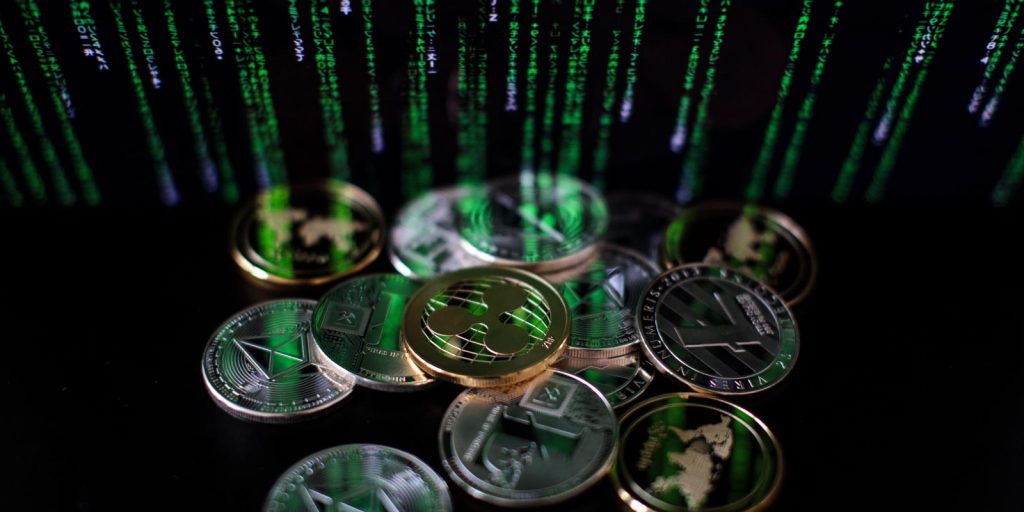
From a merely geeky fad in 2009, recording-breaking growth in the next decade and an increasing acceptance of its role in society, cryptocurrency has assimilated into our modern world. The question is however, whether this is just temporary or the start of a new era. This article will focus specifically on Bitcoin’s past, present and future to determine its longevity.
Nearly everyone is familiar with cryptocurrency, whether they are skeptics, wholehearted fanatics, or gamblers looking to make an easy profit. Bitcoin specifically has shown quite some resilience, as, despite its volatile market capitalization, the coin is still commonly used as standard for the health of the cryptocurrency market. Bitcoin has established itself firmly, but despite some experts’ expectations, the coin has only turned out to be complementary to the existing financial system, instead of altogether displacement. This makes one wonder, why everything has not been transformed to Bitcoin, or another cryptocurrency. Although entire books could be written about this, it mainly boils down to established institutions, regulations and financial systems but also general public opinion being extremely rigid and being far less able to change flexibly than technology. Naturally, this protection by existing frameworks halting innovation is not necessarily a bad thing, as technologies should be properly understood before recklessly transforming modern society. (Mukhopadhyay et al., 2016)
Considering the increasing use of blockchain, metaverse, AI and machine learning technologies, it is very likely that cryptocurrency or some derived version of it, will become an integral part of our future, or at least heavily impact its development. This still leaves the question whether Bitcoin specifically will be part of this future as well. And despite the remarkable growth and resilience that can be ascribed to the coin, the future might not look too bright in this regard. (Kolbert, 2021)
Firstly, usage of Bitcoin (and other cryptocurrencies) is often associated with crime. This can range from money laundering to human trafficking or cybercrime, involving malware and ransomware. There are many coins whose creators/owners recognized this risk and increased the coin’s traceability and potentially limit its usage. Bitcoin is not regarded as one ‘cleanest’ coins in regard to crime linkage, but this alone could not possibly spell its doom.
Secondly, and arguably more importantly, the operationalizing/mining of Bitcoins as well as the blockchain server maintenance, are extraordinarily demanding of the environment, often rivaling carbon emissions of entire modern nations. In other words, if Bitcoin does not get with the times of environmental awareness and manages to ensure related changes to its structure, it could very well become obsolete. The coin currently runs on about 60% of green energy, but not only is the type of energy relevant, the sheer energy usage could cause the coin to be incompatible with the future of crypto. Some cryptocurrencies are already fully carbon-neutral, and focus intensely on energy efficiency and sustainability. (Kumar, 2021)
The future is hard to predict, but regardless it will prove challenging to try and transform an unwieldy financial structure, generally typified by freedom and the absence of boundaries. Will Bitcoin make the cut?
Sources
Kumar, S. (2021). Review of geothermal energy as an alternate energy source for Bitcoin mining. Journal of Economics and Economic Education Research, 23(1), 1-12.
Kolbert, E. (2021). Why Bitcoin Is Bad for the Environment. The New Yorker, April, 22.
Mukhopadhyay, U., Skjellum, A., Hambolu, O., Oakley, J., Yu, L., & Brooks, R. (2016, December). A brief survey of cryptocurrency systems. In 2016 14th annual conference on privacy, security and trust (PST) (pp. 745-752).


